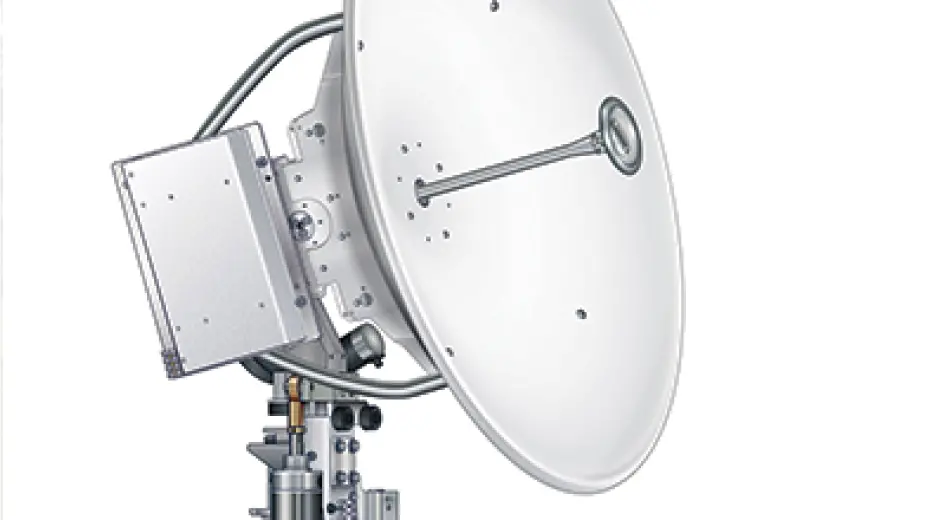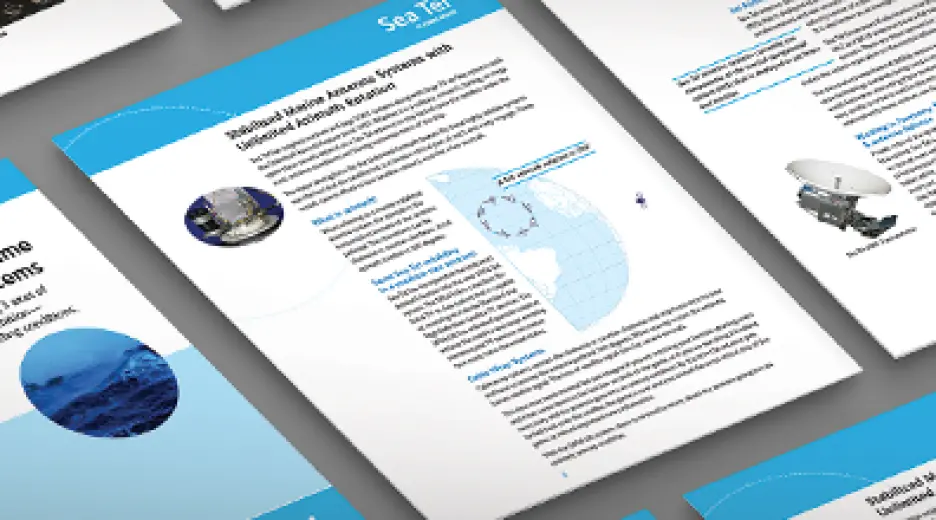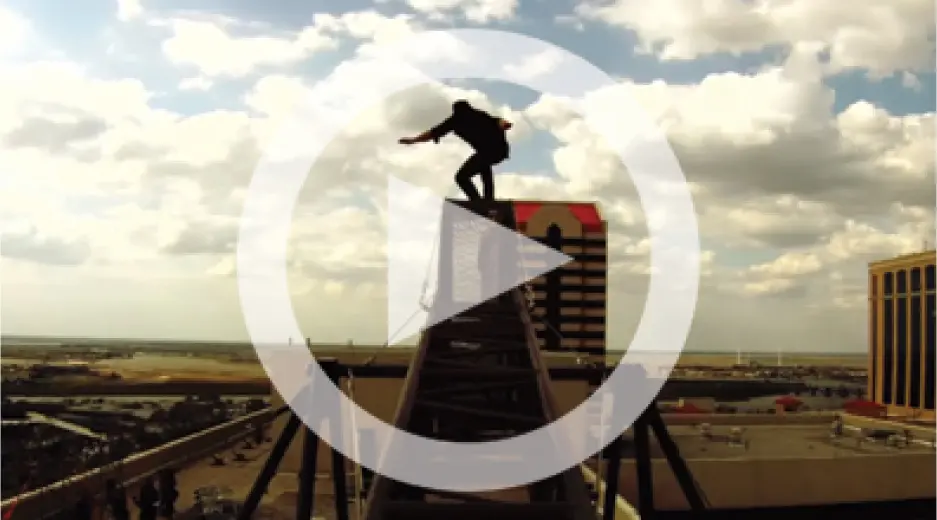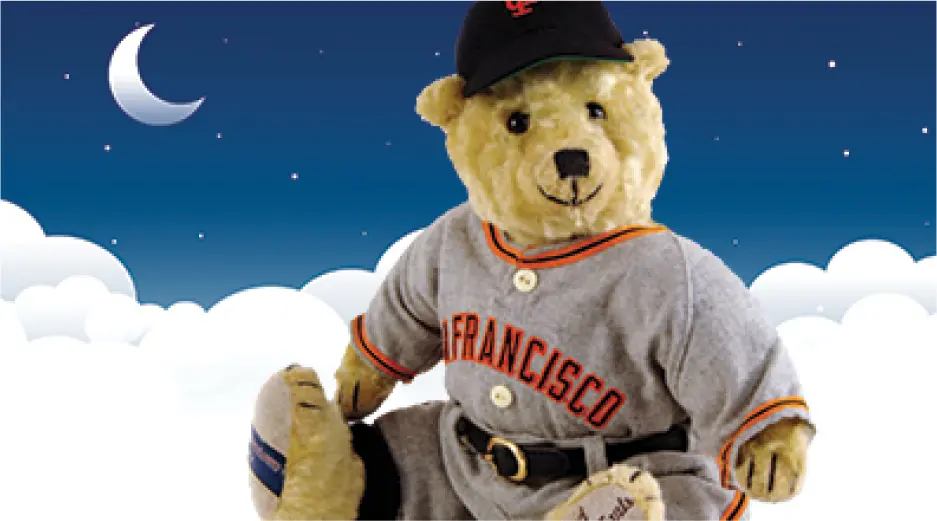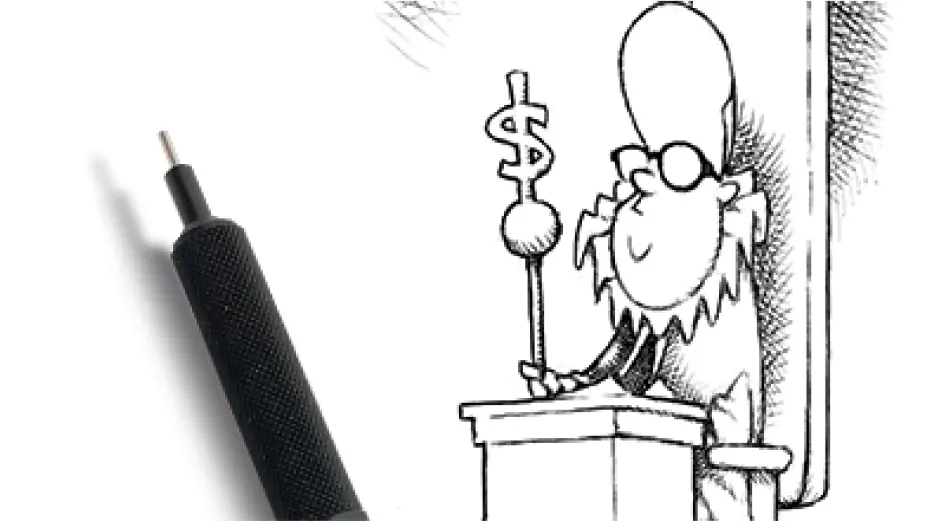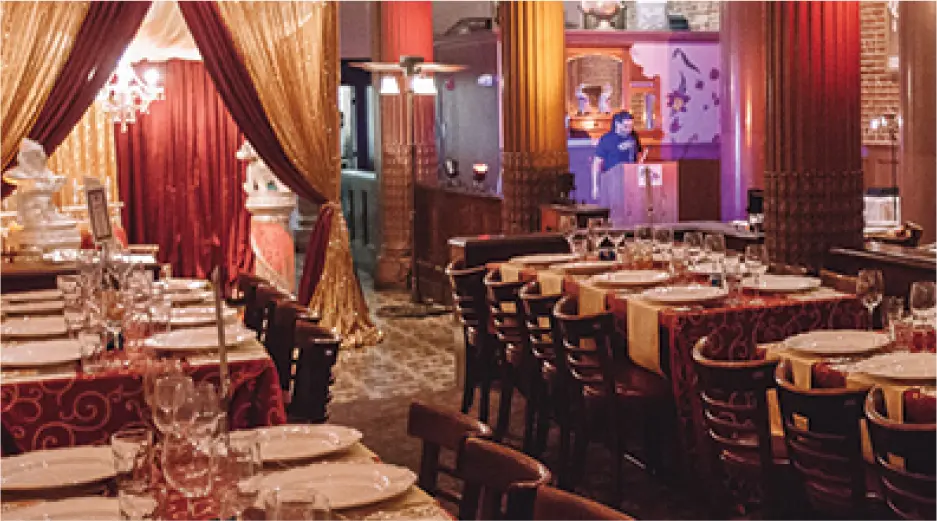District 10 of San Francisco starts at county line and runs north along the bay to Dog Patch. It includes voter banks such as Vietnamese-Americans in Visitation Valley, Chinese-Americans in Bayshore, Black residents in Bay View, White residents in Dog Patch, and several other diverse socio-economic groups.
When advertising for an election, television must be an essential component of the media plan. It appeals disproportionately to older viewers. An audience comprising homeowners and business owners -- the demographic most likely to vote.
Because our client was a Political Action Committee (PAC), election law restricted us from contacting the candidate or his campaign. This meant we would have to design a storyboard that would not require the candidate to appear in a shoot, and we could not ask him to do a voiceover. Tungsten would have to create a commercial using information already in the public domain.
Additional regulations required that almost 20-seconds would be taken up by statutory voiceover, making it more than a challenge to fit everything in.
Tungsten scripted a tight audio voiceover, and edited the video track by using high resolution images available in the public domain. The completed commercial was then dubbed into Cantonese. An important but inexpensive value addition that made this candidate the only one with a direct appeal to Chinese speakers in the constituency.
With so little time and creative freedom to produce the spot, the media planning was critical. That's where this political campaign would be won.
Broadcast
Broadcast


A significant segment of the target audience was Black voters. The client's suggestion was to allocate the bulk of the media budget into buying airtime at KTVU, a television channel broadcast from across the bay in Oakland, CA.
Tungsten recommended not including KTVU or any other terrestrial TV channel in the media plan. Instead, our recommendation was to zone the commercials on cable such that they would be viewed only within the City and County of San Francisco. Such zoning would result in minimal spillover, giving us greater exposure within the budget at hand.
Normally, a good media plan should expose the advertising to the consumer (or voter) through multiple mediums that may include television, but should also include support mediums like online ads, print, billboard, etc.
But with only six days for the ads to take effect, we calculated that exclusive use of TV would be the best way to spend the media budget.
To reach all voter groups in District 10, we did careful media planning that included Black Entertainment Television (BET), CNN, FX, FOX NEWS, and MSNBC. Additionally, we added to the media mix to reach Chinese-speaking families watching the morning news.
After a 6-day burst of 30-second commercials, our media strategy saw Shamann Walton decisively pull ahead on election day, winning a majority of first place votes in San Francisco's ranked choice voting system.

is the Message
Could we have achieved the same success without a heavy reliance on television advertising?
What would have been the outcome if we had spent the entire budget online instead?
If we had spent the same dollars on tightly targeted online ads, we would have had the capability to individually reach each person registered to vote, with individualized messages specifically crafted for that voter. We could have further sliced and diced the audience by parameters such as propensity to vote, party affiliation, social issues, etc.
Everyone knows that data enables us to do that.
But would that approach have won the election in a 6-day sprint?
Television commercials are perceived by viewers as higher value, with a higher bar-to-entry for the advertiser.
The target audience knows that it's easier for an advertiser to "Boost" a video on Facebook than to run the same video as a television spot.
Let's think about this for a moment: Do you remember ever having seen a political candidate make a public speech where they sounded ambivalent about their chances of winning?
No.
You'll never see that happen.
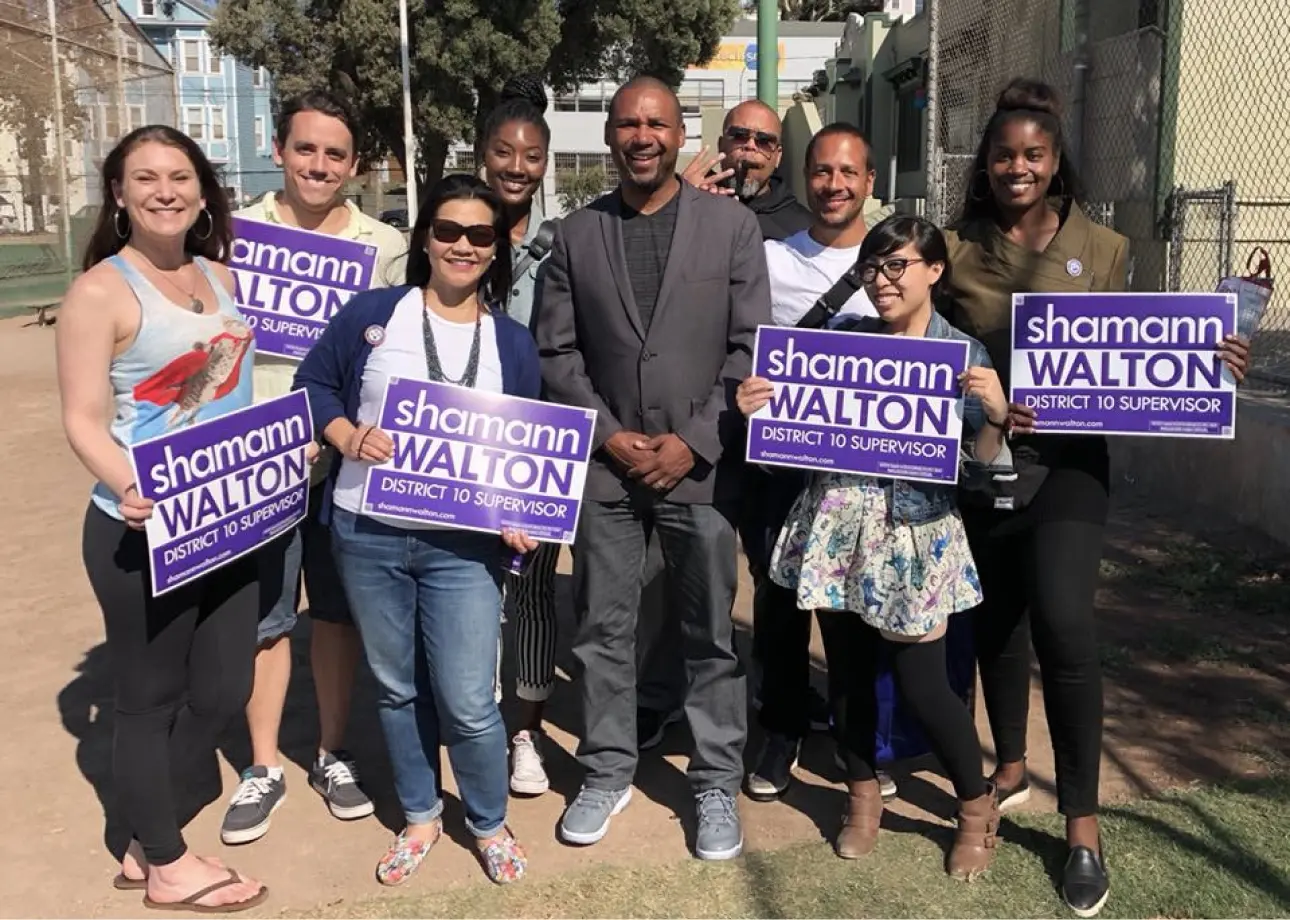
Publicly, candidates always make announcements like “When I’m President, I will ___(fill-in-the-blank)___ on Day One.”
They never say “If I become President.” It’s always “When.” Even with twenty other candidates running for nomination, each will project that they are the one who will win.
Candidates know that if they sound ambivalent, voters will not "waste" their votes or donations on a candidate who is not going to win.
By the same principle, when a candidate is confident of their chances of winning, they don't hesitate to launch their advertising campaigns.
If a candidate is holding back on their advertising during the election cycle, it means they are unsure.
Or they have insufficient funds.
Which means donors are unsure.
When voters see that a candidate is advertising, they sense that the candidate has a viable shot at victory. That’s when voters put their support and donations behind that candidate.
It is not enough for voters to see a sponsored post in their Facebook feeds. Or receive a mass email from the candidate.
Just like everyone else, voters know that online ads are easy for an advertiser to implement.
Everyone knows that just because they’re seeing the ad, doesn't mean everyone else is also seeing the ad.
Instead, voters will only feel confident in a candidate when the candidate advertises in mass media.
When voters see ads on television, on billboards, or hear them on the radio, they know at a glance that those ads are harder to implement than online ads.
They know that contracts with TV stations are longer-term, and budgetary commitments are more substantial. In other words, when voters see a commercial on television, they subconsciously conclude that the candidate must have a donor base to support the advertising they are seeing.
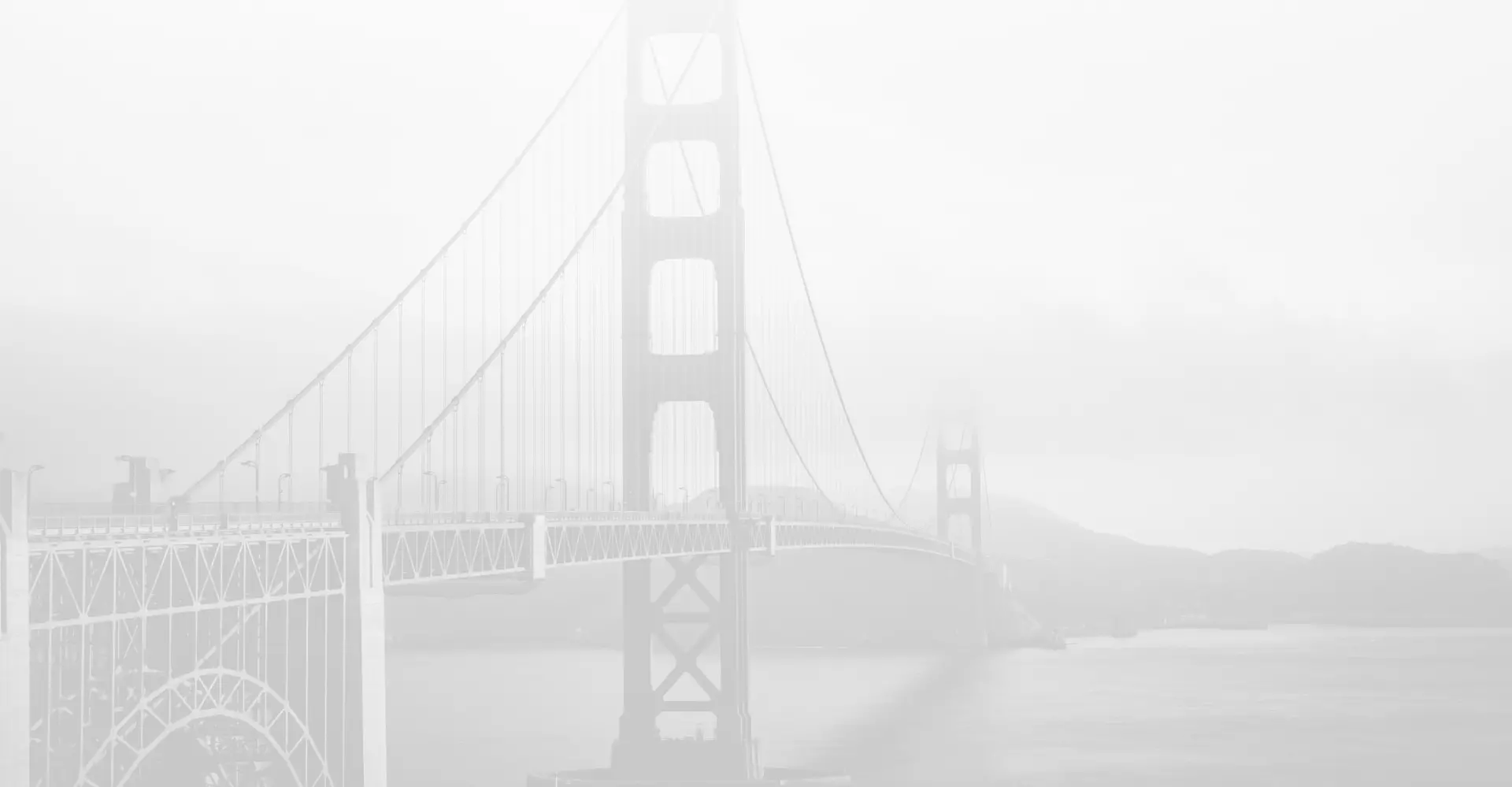
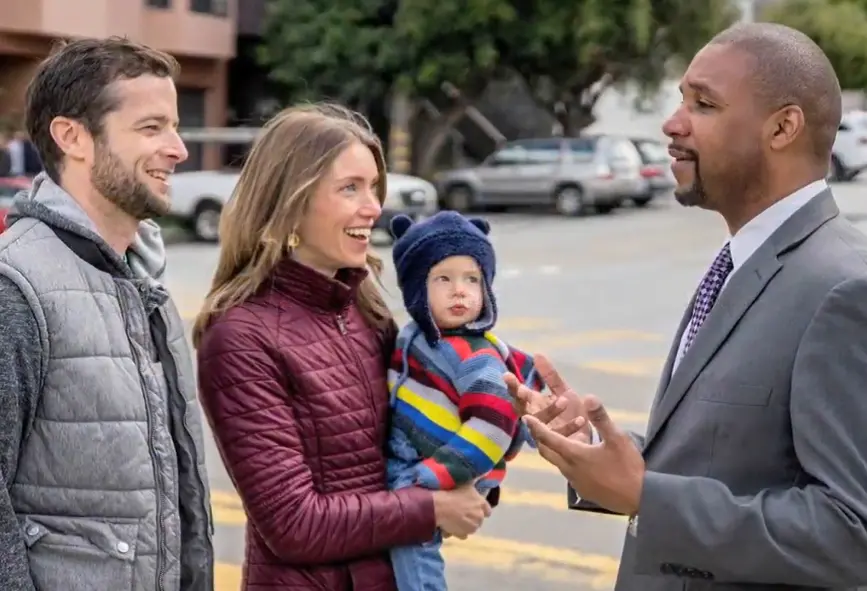
Which in turn implies the candidate has professional and experienced staff, and not simply a team of social media interns.
In the voters' mind, they are now looking at a viable candidate worth supporting.
So we see that for a political ad to work in a short span of six days, it's not enough for it to be seen by a single person, or even by multiple people scrolling their mobile phones individually.
The ad must be broadcast publicly, and viewed collectively.
The consumer must not just see the ad, but must also assume that the general public has seen the ad.
The phenomenon that is at work here, is that for something to enter a culture, it's not enough for everyone to know it. Everyone must know that everyone else also knows it.
It must be perceived to be universal for it to become universal.
When families watching the morning news in their living rooms see a commercial in support of Shamann Walton in Cantonese, they know that others in the household are within earshot of that message.
They know that relatives, friends, and neighbors with similar lifestyles are also watching and listening to the same commercial in their living rooms at the same moment.
These voters are galvanized by the realization that a candidate has reached out to them and addressed them in their language, on issues that matter to their community.
The commercial suddenly becomes a talking point that the audience can discuss with their friends and relatives later that weekend, confident that their friends have also seen the commercial, and are thinking the same thing.
While television worked so well to help Shamann Walton win the election, that's not to say that a media plan that is limited to television will always be the best strategy.
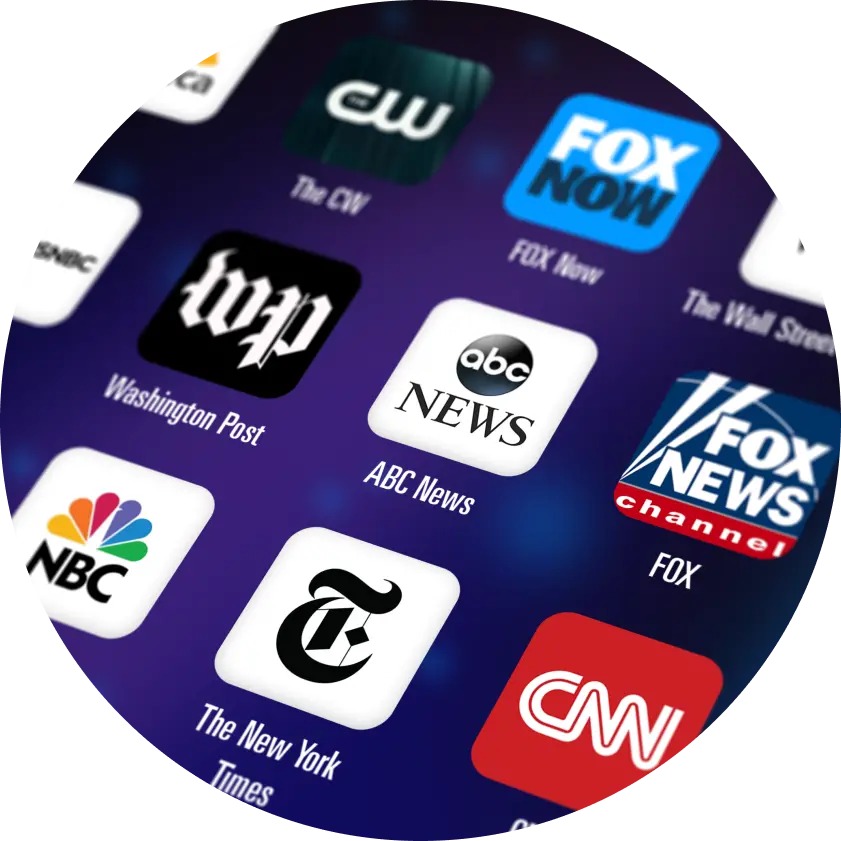
For over a half century it’s been well-known to advertising agency media planners that when a consumer sees an ad in three different mediums, the consumer will have higher recall of that ad than when they see the same ad multiple times in the same medium.
For instance, if a media budget is spread across three media: let's say, a primary medium of TV, some support media like online, and also some billboard and bus stop shelters, and if the consumer sees the ad once in each medium, that individual is more likely to remember the brand and its message, than someone who has seen the same ad three times on TV. Or three times on billboards. Or thrice online.
Mass media (such as television) should be a part of that mix in most cases, but especially when building a politician's brand.
It's hard to build a politician's brand by relying exclusively on below-the-line-media.
As a parallel example, marketers of consumer products struggle to build brands with exclusively digital media.
Try naming a consumer brand launched in the last 20-years that your friends have heard of, and has been built entirely on online advertising. There are examples such as Zappos and a few others, but these are rare. Especially if the brand does not depend on the network effect for its growth.
Most consumers prefer buying a beer or a handbag that they know other people will appreciate. Unless someone is really sure of themselves, they are not likely to turn up at a party with an unknown brand of beer. It is safer to take something that will meet broad approval. A brand everyone is familiar with.
That can only happen when the product has been advertised on mass media where everyone has seen it. Not when it's targeted one-on-one at individuals on their phone screens, based on data that says they "have a propensity to purchase IPAs that are maltier but less hoppy," or a propensity to vote on a certain political issue.
Brands (and politicians) build instant social validation on television in a way online ads cannot match.
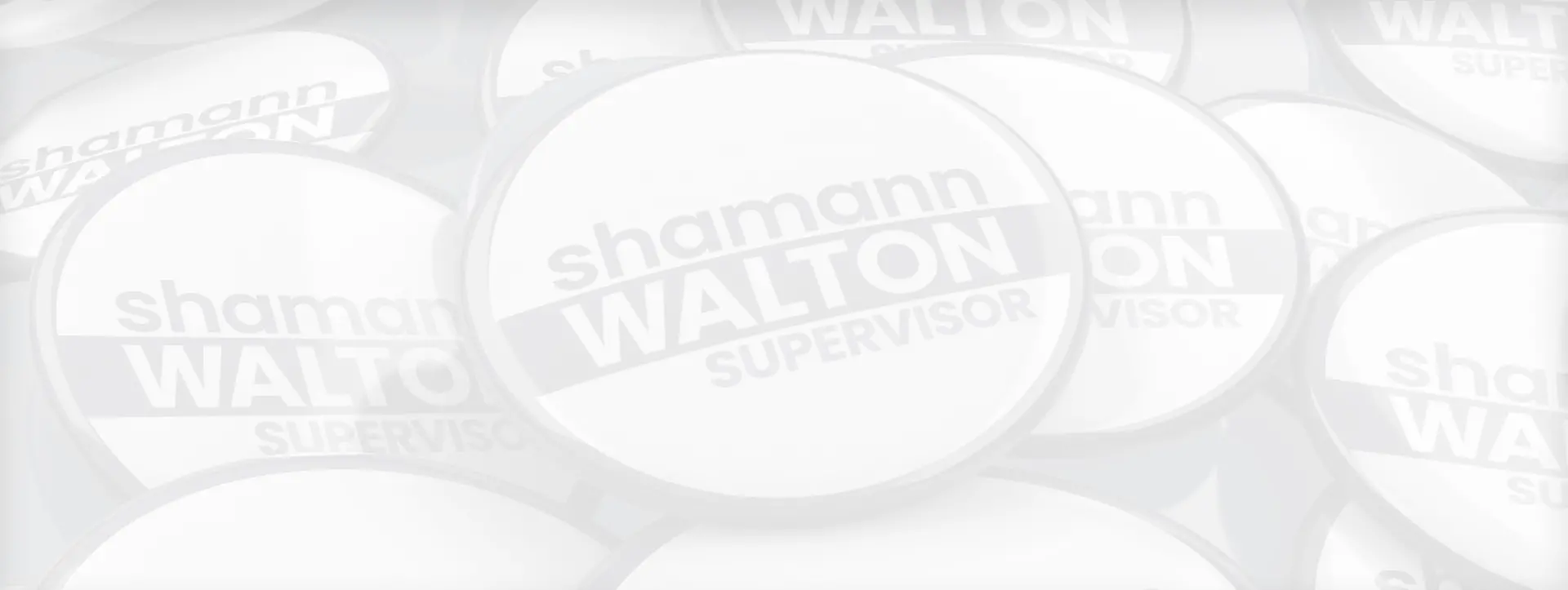
Try for a moment to recall a time when you saw a movie in a theater.

When we're seeing a movie in a sold-out theater, we have a very different experience than when we watch it alone at home, on our favorite couch.
When we collectively experience the same emotion as everyone else around us, that experience is indelible. Sports matches, rock concerts, solar eclipses, Princess Diana's funeral, these are the defining moments of our lives. Where were you when the second plane struck?
Meanwhile, a 30-second Super Bowl commercial costs $7 million because nothing else delivers an audience of 100 million viewers, instantly catapulting the brand into the national discourse for weeks to come. What a bargain.
When a brand is advertised on television, it appears alongside other brands that are also advertised on television - brands like Pepsi or Toyota.
When a brand is advertised only on mobile screens, it shares that screen with today's equivalents of snake oil.
In recent years, when Facebook, Uber, AirBnb have had an important announcement, they have chosen to buy full page ads in traditional newspapers like the Wall Street Journal or the New York Times. These marketers are “digital-native companies.” Indeed, some could not have existed before the advent of smartphones.
They are capable of delivering their message to every individual in their target audience through a push notification on their own apps.
Then why print the message on dead trees?
Because a full-page newspaper ad brings a gravity, a self assurance, and a respectability that an online banner ad cannot.
In the 2020s, cinema, radio, outdoor and TV continue to retain their place in the media mix. New digital options add to the media planner's toolkit, but rarely replace existing channels.
Can anyone name a medium that was once dominant, but no longer exists? Even the poster is still around.

When consumers see a product (or politician) advertised in mass media, it helps them distinguish between big, established marketers, and the less reliable brands. Or to distinguish between products launched confidently after extensive R&D by marketers who have a reputation to protect, and products that are nothing more than an MVP (minimum viable product) in search of a “product-market fit”.
This in turn gives the consumer a certain confidence that they are spending their income on a product that will be around for a while and will be well-supported. A brand that will be socially accepted, making the buyer look good amongst their peers, because those peers appreciate their choices.
(And the same considerations apply equally when advertising a politician or a social cause).
Consumers rarely find the same level of confidence in brands (or for that matter politicians) that are only discoverable online.
Mass media helps us to validate, and be validated.
Most advertisers understand this intuitively, even if they do not articulate it. Even advertisers with the smallest of budgets would love their products to be advertised on mass media. Yet, they overlook television and its benefits, believing that small brands are excluded from TV.
They wrongly believe they can’t afford the combined costs of airtime and production. Or that even if they had the budget, they wouldn't have the wherewithal to buy and implement television advertising. They think TV is only within the reach of big companies. (Which of course, is also a perception consumers have, and therefore, a reason to be on TV).
It's common to hear advertisers sigh: “Online video is hard.” So imagine how they might feel about creating commercials for broadcast television.
As Supervisor Shamann Walton's case study demonstrates, good media planning can make it possible for advertisers with small budgets to be on TV on national programming, and be more effective than on other mediums.



